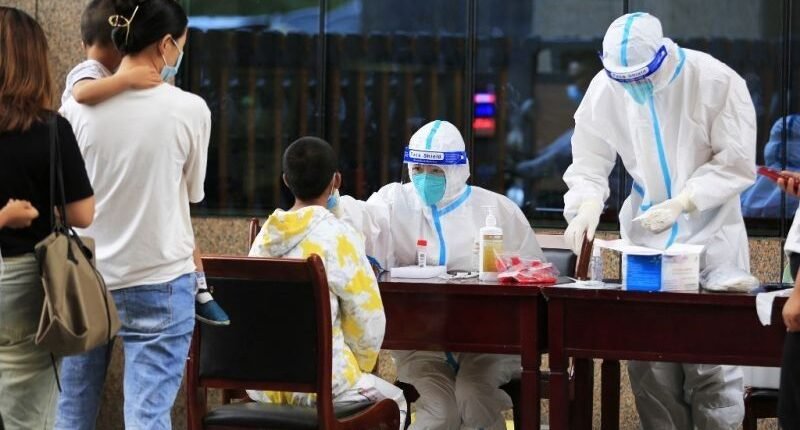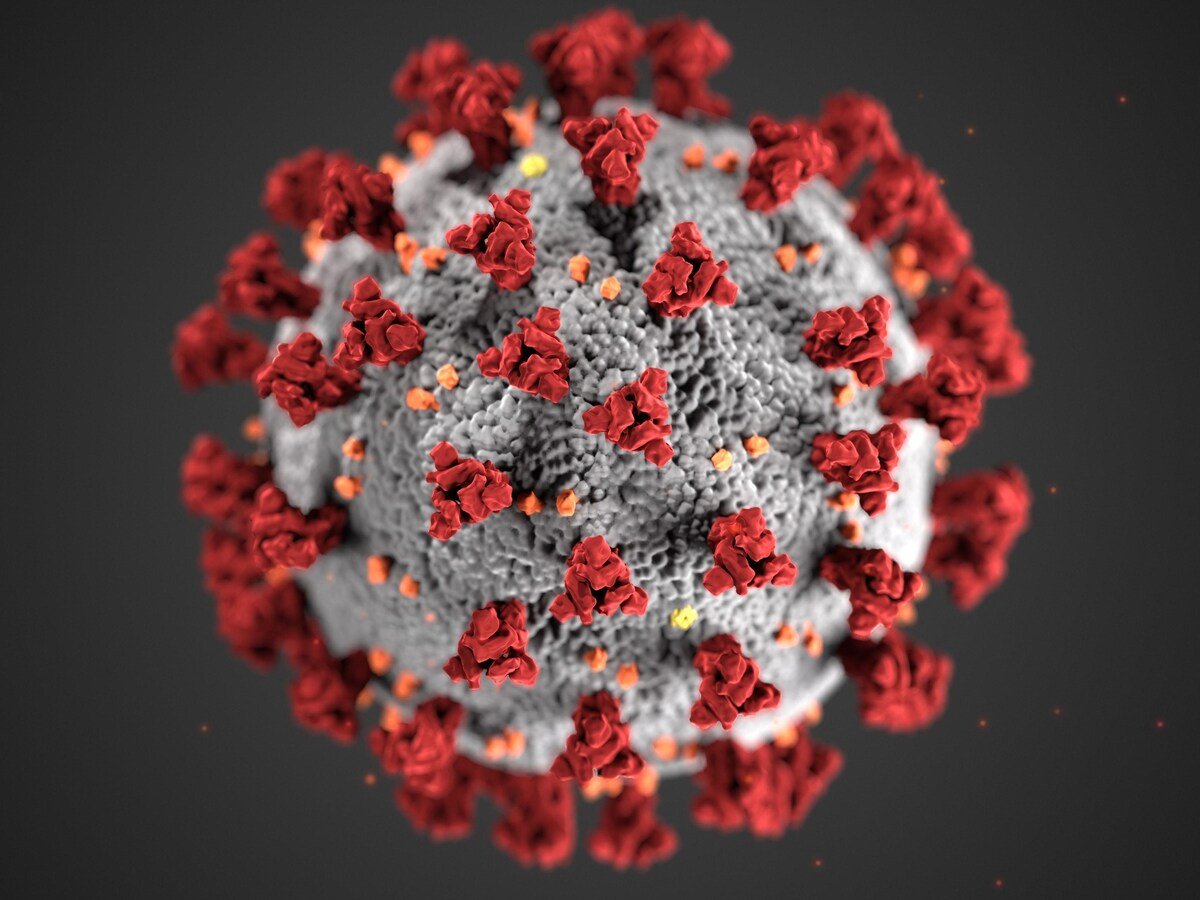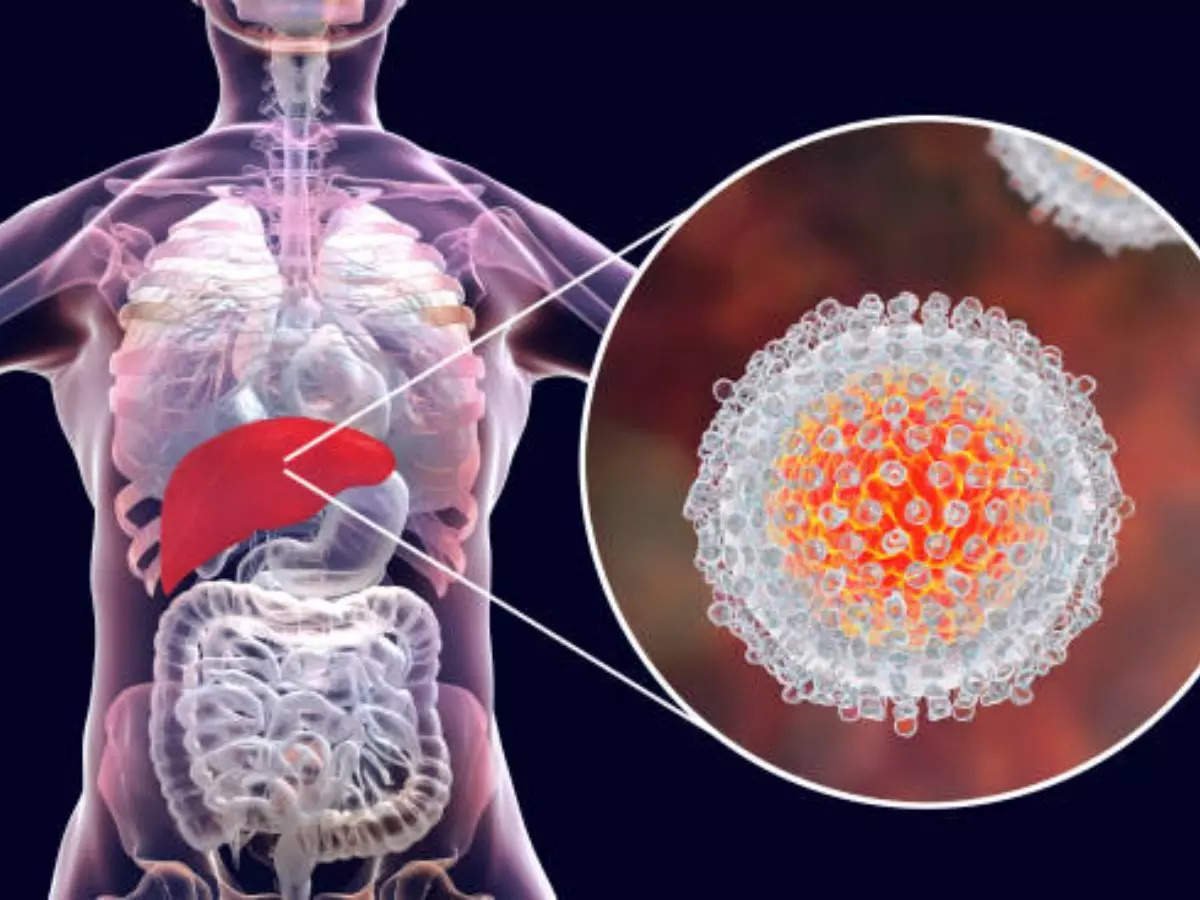New Delhi, 28 May 2025: A new COVID-19 subvariant, NB.1.8.1, has emerged as a significant concern for global health authorities. Initially causing a surge in cases in China, this highly transmissible variant has now been detected across multiple U.S. states, including New York, California, Ohio, and Hawaii. Although early data suggests it does not cause more severe illness than previous strains, its rapid spread and potential to evade COVID Variant vaccine-induced immunity have prompted heightened surveillance and public health advisories.
NB.1.8.1 is a subvariant of the Omicron lineage, specifically part of the JN.1 group. It was first identified in China, where it led to a significant increase in COVID-19 cases and hospitalizations, particularly among the elderly population. Hong Kong reported its worst COVID-related emergency room visits and hospitalizations in over a year, with 81 severe cases and 30 deaths, mostly among older adults.
The variant has since been detected in international travelers arriving at major U.S. airports, including those in California, Washington, Virginia, and New York. Subsequent cases have been reported in Ohio, Rhode Island, and Hawaii.
Symptoms Associated With NB.1.8.1
Health experts indicate that the symptoms of NB.1.8.1 are broadly similar to those seen in earlier strains of the virus. Commonly reported symptoms include:
- Cough
- Sore throat
- Fever
- Fatigue
- Congestion or runny nose
- Headache
- Muscle aches
- Gastrointestinal issues such as nausea or diarrhea
Notably, some individuals have experienced persistent low-grade fevers without the usual signs such as sweating or rapid breathing, suggesting a possible disruption in the body’s temperature regulation.
Severity and Transmissibility
While NB.1.8.1 appears to be more transmissible than previous strains, current data indicates it does not lead to more severe illness. The Centers for Disease Control and Prevention (CDC) has classified it as a Variant Under Monitoring (VUM), meaning it possesses genetic mutations that may affect its behavior, but there is no substantial evidence yet of increased transmission, severity, or resistance to vaccines.
However, health authorities caution that it rapid spread could lead to increased cases, which may strain healthcare systems, especially if vulnerable populations affected.
Vaccine Efficacy and Booster Recommendations
The emergence of NB.1.8.1 coincides with a shift in U.S. vaccine policy. The Food and Drug Administration (FDA) has recently limited access to updated COVID-19 vaccines, now recommending them primarily for seniors and high-risk individuals. While the FDA asserts that up to 200 million Americans will remain eligible, experts express concern that many may be left unprotect.
Discussions are ongoing regarding which variant this fall’s vaccine should target. Current data suggests a pivot to the LP.8.1 variant might offer broader protection.
Preventive Measures and Public Health Recommendations
Given the increased transmissibility of NB.1.8.1, health officials continue to advocate for basic preventive measures:
- Wearing masks in crowded or poorly ventilated spaces
- Maintaining proper hand hygiene
- Staying home when feeling unwell
- Staying up to date with COVID-19 vaccinations and booster shots
- These measures are especially crucial as summer typically brings a rise in COVID-19 cases.
Health authorities worldwide are closely monitoring the spread of NB.1.8.1. The CDC is in regular contact with international partners to assess the variant’s impact and to update public health guidance accordingly. While the variant has not yet designated as a COVID Variant of Concern. Its rapid spread underscores the importance of vigilance and adaptability in the ongoing management of the COVID-19 pandemic.
The NB.1.8.1 variant serves as a reminder of the ever-evolving nature of the COVID-19 virus. While it does not currently appear to cause more severe illness, its heightened transmissibility and potential to evade existing immunity highlight the need for continued public health vigilance, timely vaccination updates, and adherence to preventive measures.









